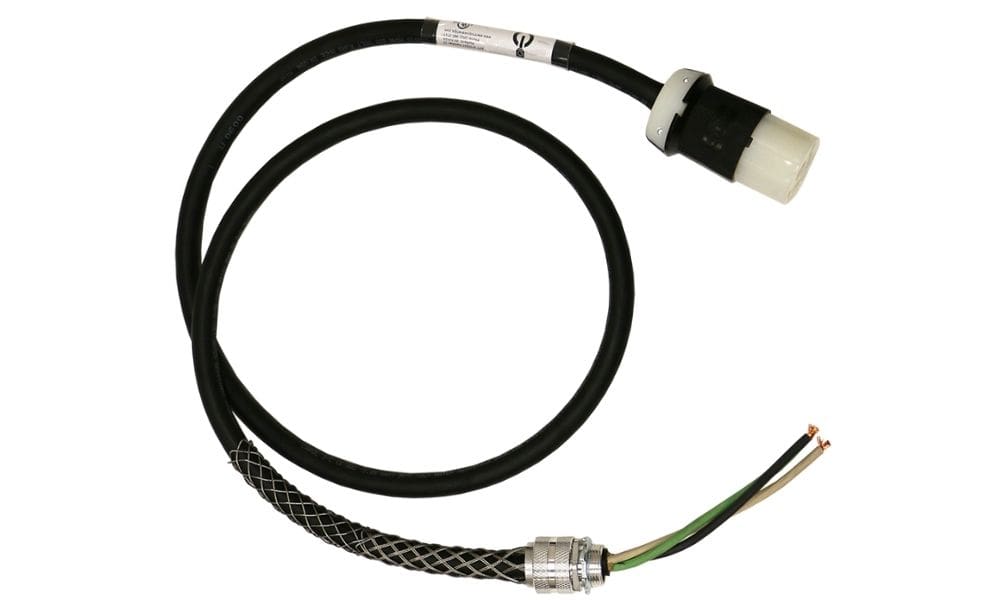
Whether you’re powering a basic IT setup or a full scale data center, the lifeblood of that space is the cords. While small in size, these components power the hardware and keep networks operating at maximum efficiency. For your convenience, here is a guide on comparing service cords by types and applications.
Feeder Cables
Feeder cables are designed to feed power from one point to another and are more specialized for particular needs. First and foremost, these cords work best during construction projects since they’re more of a temporary fix compared to other SO power cables. Feeders are often thicker in size, making them a poor option for elongated use. Additionally, these cables supply power from PDUs and RPPs, which is something to consider when constructing an efficient data center.
SOOW Cords
Our SOOW cords are highly durable products that feature two or more flexible copper conductors, ranging from No. 18 AWG to No. 2 AWG. Their insulated structure is perfect for highly industrial settings. Exposure to chemicals, water, and electrical hazards is less likely to damage SOOWs, meaning your networks stay functional. They also are highly resistant to extreme cold, heat, and cuts.
Type TCs
Type TCs, or tray cables, are STOOWs that are similar to SOOWs. However, they’re primarily used for portable projects, powering lights, and other power extensions. Basically, they’re not practical for long-term use. Mainly, they suffer from poor protection against the elements. Factors such as extreme heat, chemicals, and oil exposure quickly damage the integrity of type TCs.
The best option for long-term use is SOOW cords, which remain durable despite extreme conditions and chemicals. PowerWhips carries quality SO power cords that ensure efficient performance for your network. Ultimately, a robust network is the best way to keep communications and workflow operating at a high level in the office.
